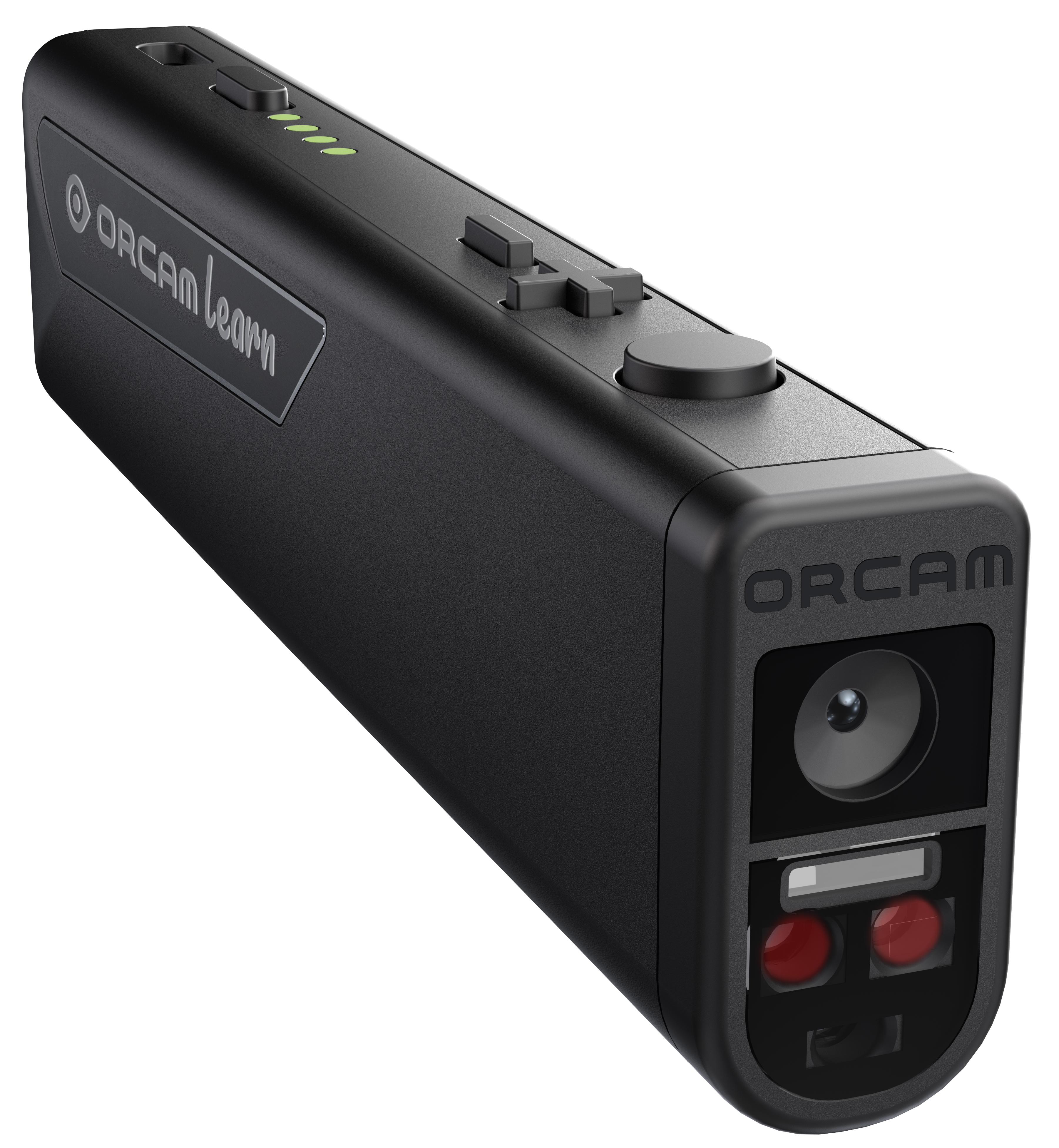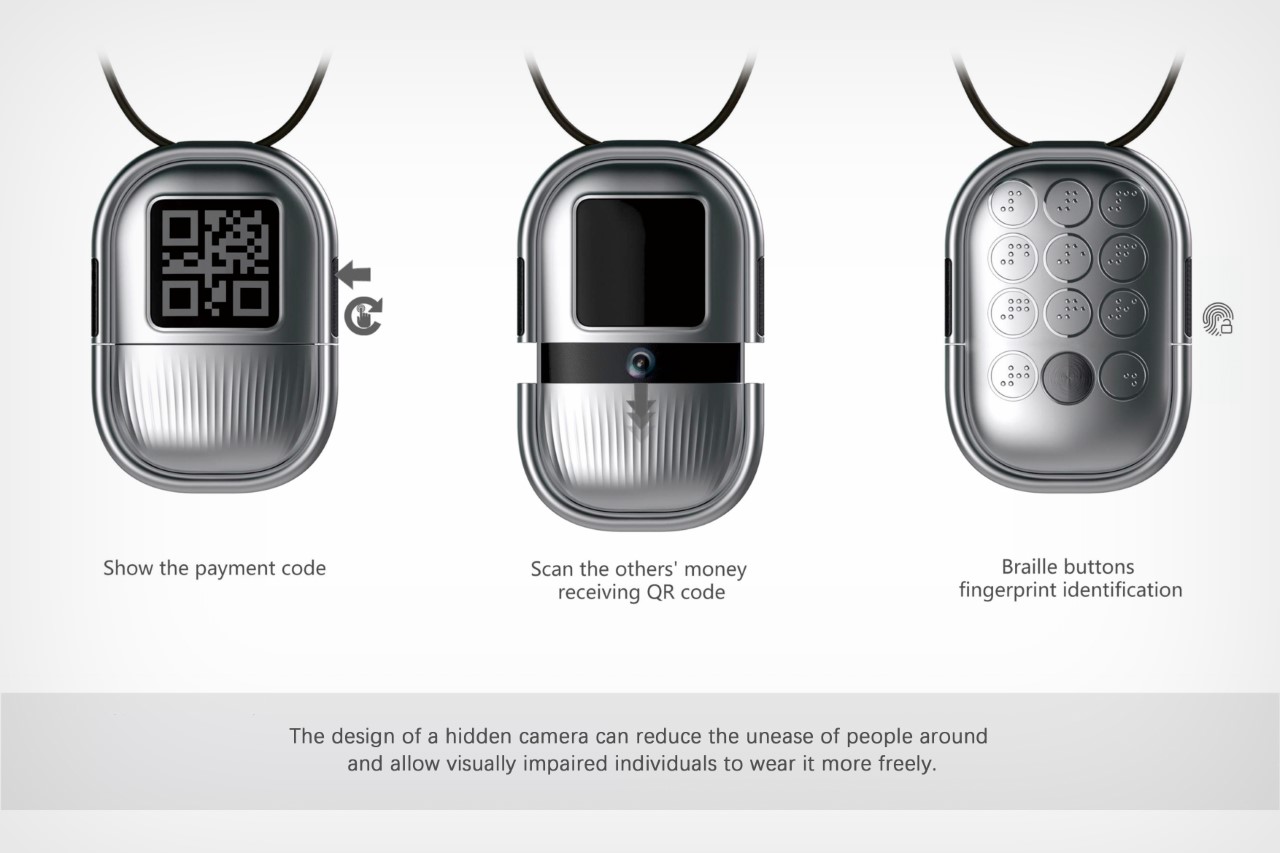Wearable Technology for Low Vision: Making Routines Easier
Wearable Technology for Low Vision: Making Routines Easier
Blog Article
Empowering Independence With Assistive Innovation for the Blind
The integration of assistive innovation right into the lives of people with visual impairments represents a substantial innovation in promoting self-reliance and self-sufficiency. From cutting-edge screen readers to sophisticated clever walking sticks, these devices not just enhance everyday navigation and interaction however also encourage users to involve meaningfully in different aspects of life. As we discover the myriad benefits and real-world applications of these technologies, it comes to be vital to take a look at the underlying factors that add to their efficiency and the capacity for future developments in this essential field.
Overview of Assistive Modern Technology

The advancement of assistive innovation is based in concepts of inclusivity and empowerment. Advancements in software application, hardware, and sensory enhancements offer individuals with options customized to their particular needs. From display readers that convert message to speech, to tactile tools that convey info through touch, these devices transform the method people engage with their environments.
Along with functional applications, assistive technology promotes better social inclusion and involvement in numerous industries, consisting of education and learning and employment (Mobility aids for visually impaired users). As r & d remain to advance, the potential for assistive modern technology to even more boost the lives of aesthetically impaired individuals remains encouraging, paving the method for an extra equitable culture where every person can thrive
Types of Assistive Tools
A variety of assistive devices have emerged to sustain people with aesthetic problems, each designed to fulfill specific needs and improve day-to-day performance. These gadgets range from low-tech options to modern innovations, providing diverse options for customers.
Low-tech gadgets consist of magnifiers and large-print products that assist in reading and writing. Braille devices, such as Braille stylus pens and slates, enable responsive analysis and interaction. Alignment and mobility help, like white canes, aid individuals browse their environment securely.
On the higher end of the range, electronic magnifying systems and screen readers offer significant support. Digital magnifiers allow individuals to expand message and pictures on screens, while screen readers transform electronic material into manufactured speech, promoting access to info on mobile phones and computer systems.
Mobile phone applications likewise play a critical duty, providing attributes like text acknowledgment and navigation aid. Wearable modern technology, such as smart glasses furnished with enhanced reality, is becoming an encouraging tool to boost situational recognition.
Benefits of Assistive Innovation
The integration of assistive modern technology considerably enhances the lifestyle for people with visual disabilities. These innovations equip customers by promoting freedom, enabling them to navigate their atmospheres better and carry out everyday jobs with higher convenience. Display visitors and magnification software application permit individuals to gain access to digital information, promoting educational and professional possibilities that might have previously been out of reach.
Furthermore, assistive tools such as clever walking canes and GPS applications supply real-time navigating support, improving flexibility and safety. This boosted autonomy not only enhances self-esteem but also urges social involvement, permitting customers to participate even more totally in their communities.
Assistive innovation likewise assists in communication, helping customers connect important link with others through voice acknowledgment and text-to-speech applications. This capacity is crucial for maintaining relationships and find more information accessing crucial info.
Additionally, the modification alternatives available with numerous assistive modern technologies guarantee that individuals can tailor tools to their particular demands, additionally improving usability and performance. In general, the advantages of assistive modern technology for individuals with aesthetic disabilities are profound, promoting an extra inclusive society where everyone can seek their goals and ambitions.
Case Researches and Success Stories
Highlighting the transformative effect of assistive technology, numerous study highlight exactly how people with aesthetic problems have actually efficiently incorporated these tools into their daily lives. One engaging example entails a college student that used display analysis software application to navigate on the internet resources and academic materials properly. This modern technology not just facilitated her education and learning yet likewise improved her self-confidence in participating in conversations and team projects.
Another study includes a professional that uses a mobile phone application developed for navigation and item recognition. By utilizing this application, he has restored autonomy in both his individual and job atmospheres, permitting him to commute individually and engage with colleagues better.
Furthermore, a retiree shared her experience with braille e-readers, which allowed her to access a huge range of literary works and remain gotten in touch with her community with book clubs.
These success stories emphasize the crucial role of assistive technology in promoting independence, enhancing high quality of life, and advertising social assimilation for individuals with visual impairments (OCR devices for the blind). By embracing these cutting-edge devices, individuals can conquer difficulties and take chances that add to their specialist and individual satisfaction

Future Fads in Assistive Technology
Innovation in assistive innovation is positioned to redefine the landscape of support for people with visual problems. Arising trends stress the integration of synthetic intelligence (AI) and maker learning, which improve the functionality of gadgets that aid with navigating and info access. For example, AI-driven applications are currently with the ability of analyzing visual data in real-time, enabling individuals to websites engage with their environment extra separately.
Moreover, the development of wearable technology is progressing rapidly. Smart glasses furnished with augmented truth (AR) can give audio descriptions of environments, changing how individuals connect with public areas. These tools not only promote freedom but likewise foster social addition.
Furthermore, the Net of Things (IoT) is making homes smarter, enabling smooth connectivity between daily devices and assistive gadgets. This connection equips customers by making it possible for automated actions and voice-activated controls customized to specific demands.
Conclusion
Finally, assistive innovation plays a critical function in equipping people with aesthetic impairments by enhancing their self-reliance and involvement with their environments. The diverse variety of devices and applications available not only helps with navigation and interaction however likewise promotes social combination and chances for expert and individual development. As advancements continue in this field, the capacity for enhancing the lifestyle for those with aesthetic impairments will expand, fostering greater autonomy and empowerment.

Report this page